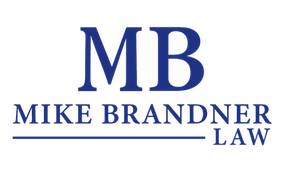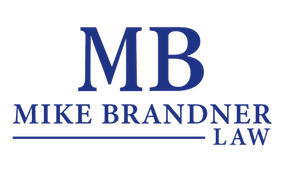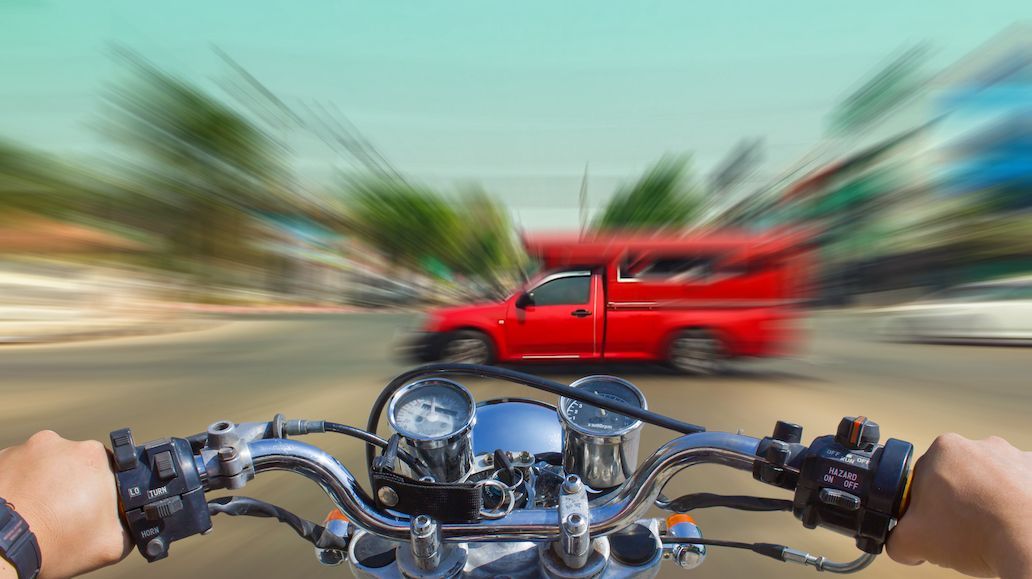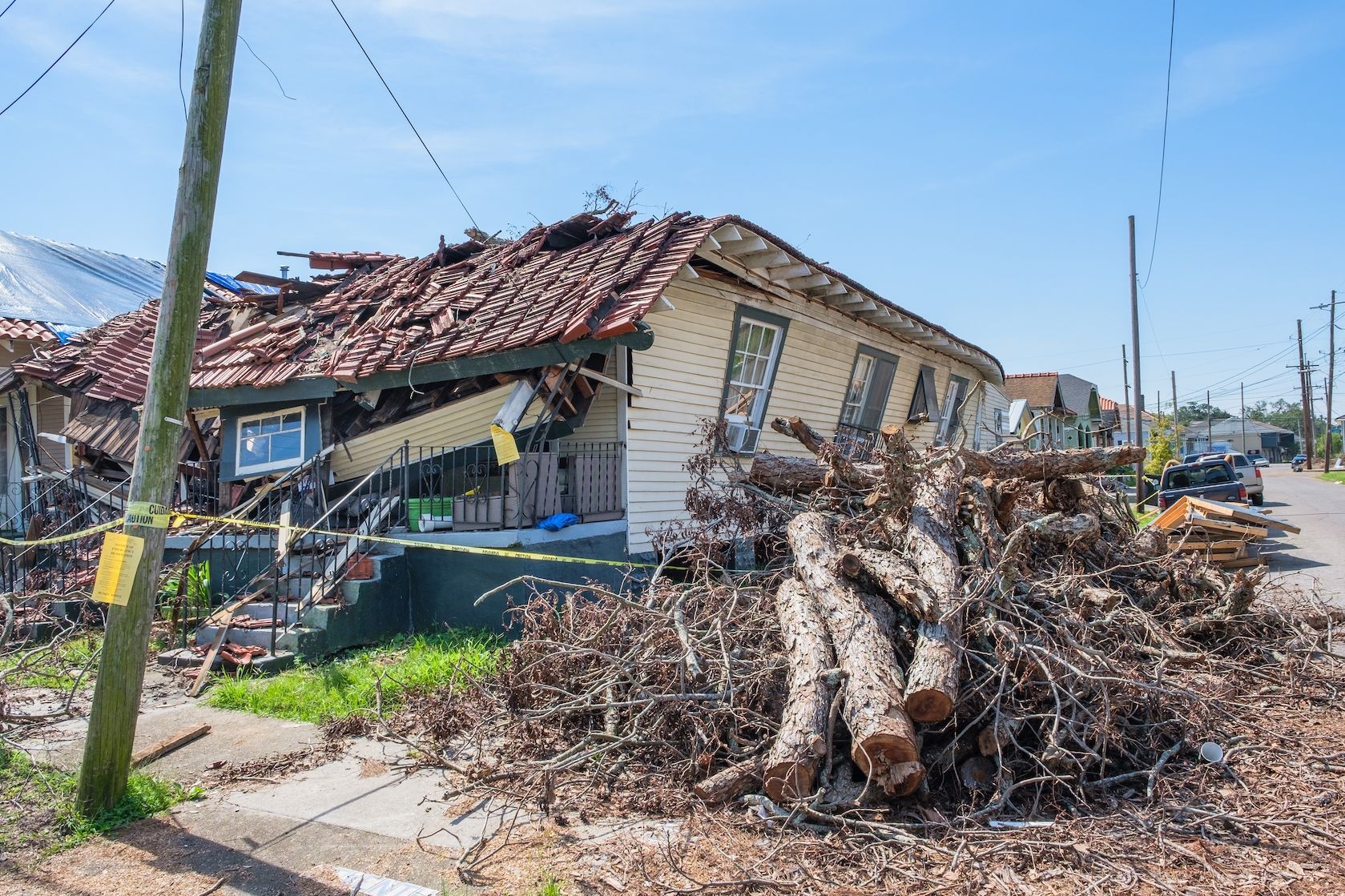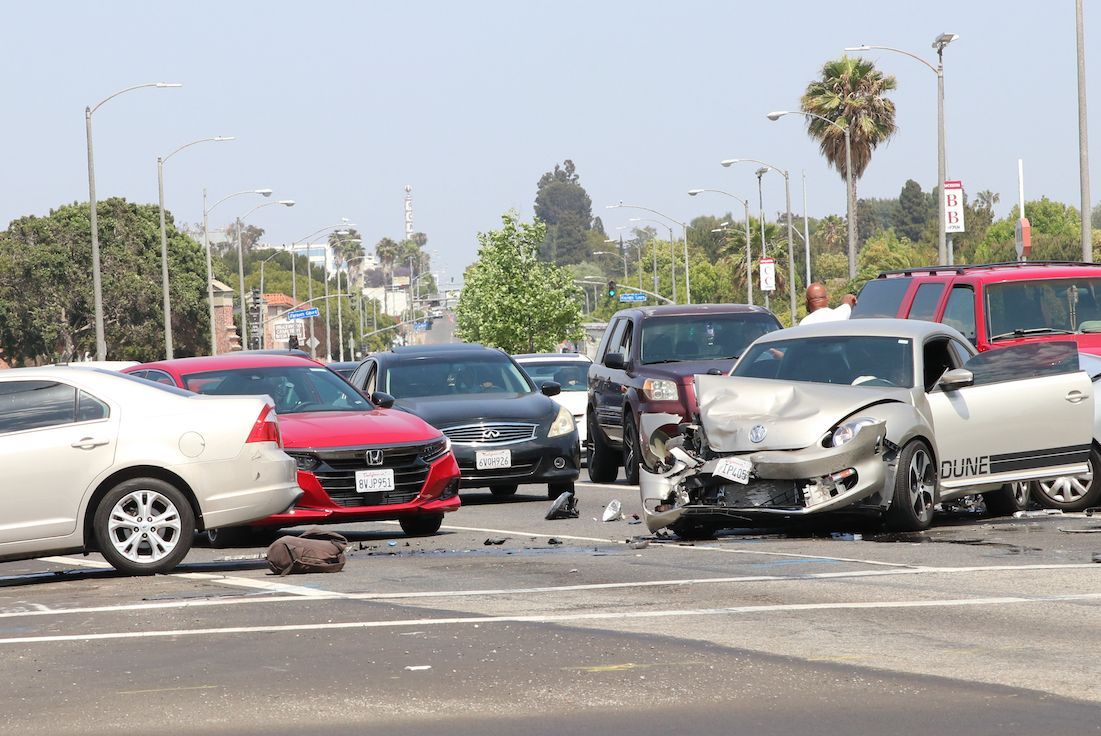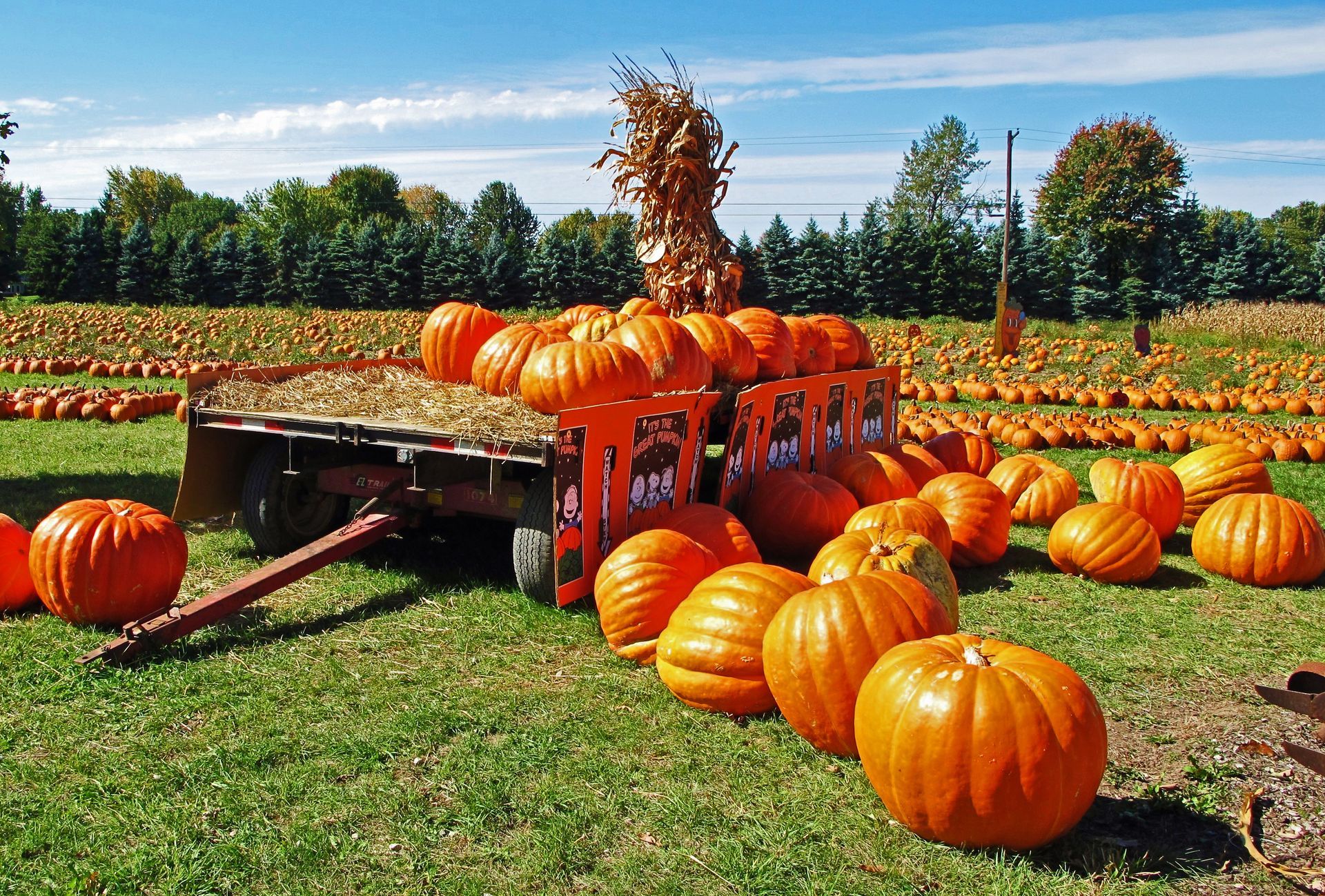How to Get a Motorcycle License in Louisiana

If you’re thinking about becoming one of the more than 80,000 registered motorcycle riders in Louisiana, you’ll have to do one very important thing first: obtain your Louisiana motorcycle license. Technically, your ticket to ride is called a motorcycle endorsement, but you’ll often hear these terms used interchangeably and they both refer to the legal right to operate a motorcycle.
Although you’re not getting a whole new license, you will most likely need to take a written test and skills test similar to a standard driver’s license. Find out exactly how to get a motorcycle license in Louisiana with this step-by-step guide from Mike Brandner Law.
5 Steps to Getting Your Louisiana Motorcycle License
The Louisiana Revised Statutes (RS) 32:1 defines a motorcycle as any motor vehicle that has a seat or saddle for the rider and is designed to travel on three or fewer wheels in contact with the ground. A motor driven cycle refers to any motorcycle or motor scooter with a motor of five horsepower or less.
Mopeds and three-wheeled autocycles are generally included in these definitions.Tractors, motorized bicycles, and electric-assisted bicycles, on the other hand, are not considered motorcycles and do not require a motorcycle endorsement to operate.
Under Louisiana law, operating a motorcycle or a motor driven cycle requires a motorcycle license or endorsement. Exceptions to this law include members of the military stationed in Louisiana or full-time students with permanent residence in another state or country.
Note: The required minimum age to get a Louisiana motorcycle license is 16, and you must obtain a standard driver’s license prior to getting a motorcycle endorsement. In addition, if you are under the age of 18, you must be accompanied by a parent or guardian to apply for your motorcycle license.
#1: Make an Appointment at Your Local OMV
If you already have a valid driver’s license and/or motorcycle endorsement from another state and have just moved to Louisiana, the first step towards getting your motorcycle endorsement is to make an appointment at the Office of Motor Vehicles (OMV). Check out this list of OMV locations to find the one closest to you.
Simply bring your driver’s license and/or official driving record, Social Security card, and proof of insurance within 30 days of establishing residency. As long as the driver’s license is valid, you will not have to take any exams and will be issued an equivalent Louisiana driver’s license with a motorcycle endorsement.
If you’re applying for a motorcycle endorsement for the first time, skip to Step #2.
#2: Pass the Motorcycle Knowledge Test
The next step in the motorcycle endorsement process is to study for and pass the motorcycle knowledge test. This test is based on the information found inside the Motorcycle Operator Manual and will assess your knowledge and application of Louisiana traffic laws. The test contains 25 multiple choice questions and you must score 80% or higher to pass. Practice tests are also available to take online.
To take the test, you’ll need to make an appointment at your nearest OMV location and bring your driver’s license or photo ID. If you’re 17 or younger, you must be accompanied by a parent or legal guardian.
Not a good test-taker? Fortunately, there is a way to circumvent the motorcycle knowledge quiz. Skip to Step #3 to learn about alternative options.
Related: Louisiana Motorcycle Laws You Need to Know
#3: Complete a Motorcycle Operator Training Course
You may be exempted from the written test if you successfully complete a motorcycle training course. Although all of the following training courses will allow you to skip the on-cycle road skills test (see Step #4), only the Basic Rider Course offered by the Department of Public Safety (DPS) will allow you to bypass both exams.
For this reason, the most comprehensive option is to enroll in the Louisiana Motorcycle Safety, Awareness and Operators Training Program administered by DPS. The 15-hour Basic Rider Course can be completed in one weekend and will teach you the physical skills and knowledge needed to safely navigate traffic.
The course is particularly well-suited for those who have never ridden before and/or do not have their own motorcycle, as DPS training motorcycles are available for practice. The cost for the Basic Rider Course is $25 for those with their own motorcycle or $100 for those who need a training motorcycle. Again, the DPS course is the only way to bypass both the written test and the road skills test.
If you are unable to attend the DPS motorcycle training course or have already completed the written exam and would like to get your motorcycle license without taking the road skills test, you can complete a course from one of the following approved providers:
- Taboo Harley-Davidson (Alexandria, LA)
- Hammond Harley-Davidson (Hammond, LA)
- Cajun Harley-Davidson (Lafayette, LA)
- New Orleans Harley-Davidson (New Orleans, LA)
- NOLA Riding Academy (New Orleans, LA)
Related: Safety Tips for New Motorcycle Riders
#4: Pass the On-Cycle Road Skills Test
Once you have passed the motorcycle knowledge test, it’s time to take the on-cycle road skills test. This test must also be scheduled at an OMV location. There is an $18 fee (plus a local fee of up to $6) to take the road skills test. The upside of the road skills test is that it is very brief and will likely only take about 15 minutes to complete. You may be tested on your ability to accelerate, brake, and turn safely, stop, turn and swerve quickly, and adjust your speed and position in response to traffic changes.
To take the skills test, you must already own a motorcycle with a current license plate, current inspection sticker, and must bring proof of current motorcycle insurance. You must also bring and wear a motorcycle helmet and eye protection.
If you plan to complete an approved motorcycle training course in lieu of the road skills test, skip to Step #5.
#5: Get Your Class M Motorcycle Endorsement
After you’ve completed all the requirements to obtain a Louisiana motorcycle license (either by taking the written and skills test or by completing an approved training course), the final step is to officially apply for your endorsement at the OMV. You will need to make an appointment and bring the following documentation with you:
- Your valid driver’s license or photo ID
- Proof of residency
- Proof of motorcycle insurance
- An original certificate of completion from an approved motorcycle training course
- If you are 17 or younger, you also need to bring your parent or guardian
Once you have filled out your application, you will also be required to pass a vision exam and pay endorsement fees, handling fees, and new license fees. Your first class M motorcycle endorsement, once issued, will be valid for up to six years.
Related: 10 Motorcycle Safety Myths to Ignore
Legal Help After a New Orleans Motorcycle Accident
Congratulations on taking the next step to get your motorcycle license in Louisiana! Although properly trained and licensed riders are much less likely to get into a crash, sometimes motorcycle accidents do happen. If you ever find yourself injured in an accident due to the negligence of another driver or motorist, know that the motorcycle accident lawyers at Mike Brandner Law are available 24/7 to help.
